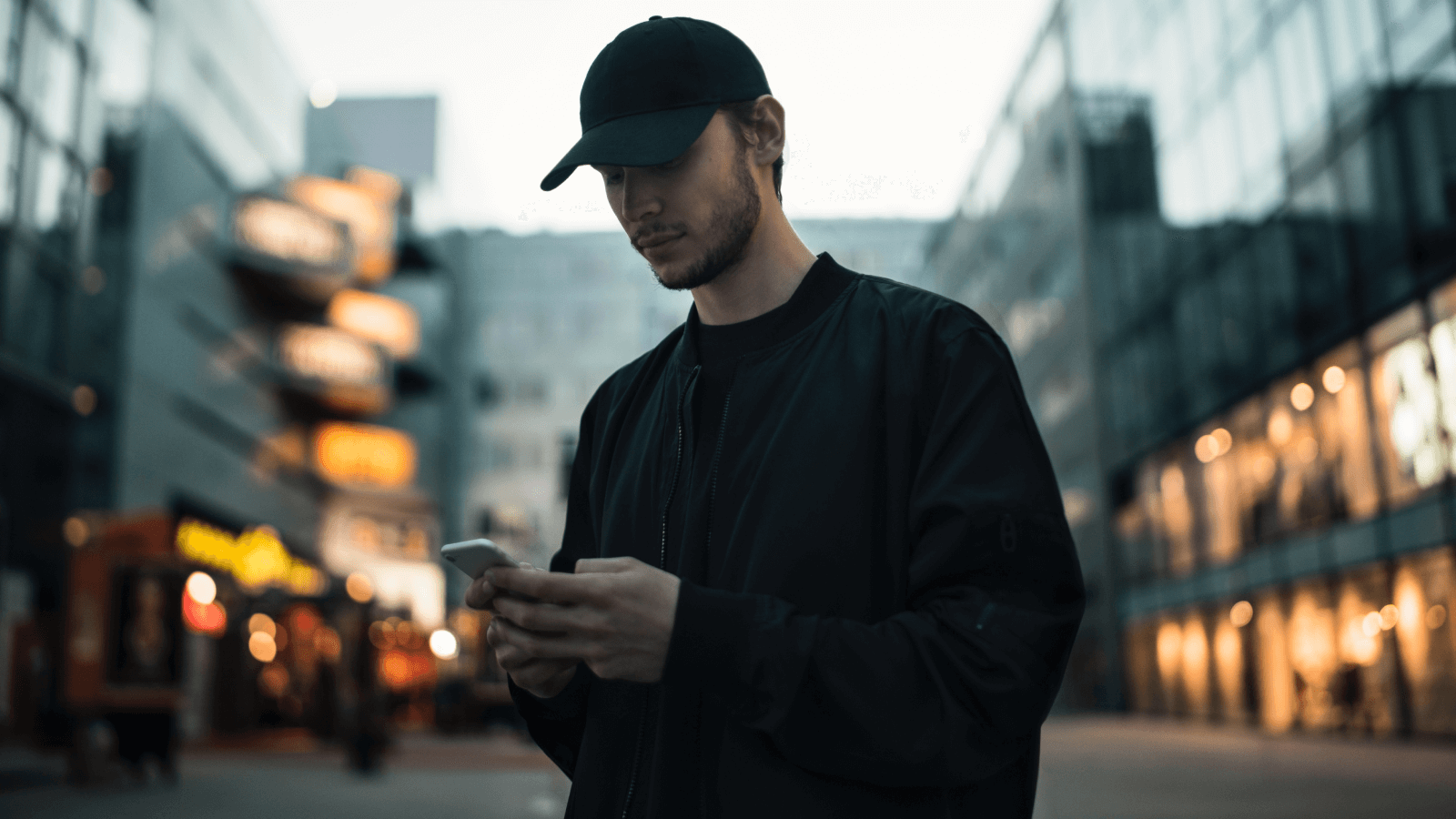You create chatbots for a purpose. They are there to ensure that your customers get answers to their questions, or to help them to get things done. But how sure are you that your chatbot can help all of your users?
Exclusive, or inclusive design?
Often, when we design things like chatbots, we have a specific user group in mind. Depending on your industry or sector, this may be private banking customers (instead of corporate ones), private persons with a media subscription, citizens, immigrants - the list is potentially endless. Although thinking about this user group is important to create a functioning chatbot, it is also risky. You may unintentionally exclude other groups.
Let's illustrate with an example. Imagine you are a bank, and you have deployed a chatbot to bring down phone traffic for your private banking customers. So far, it has succeeded well at this chatbot traffic. Following this, you've downsized your phone department, and reduced opening hours. A logical choice - but there's a catch. Not all your customers are able or willing to use a chatbot, and your decision to reduce opening hours has drastically decreased your quality of service for them.
This is an undesirable outcome, even when the excluded group of customers is small. In some situations, it may even be unconstitutional. So what can we do to include these people?
Vulnerability
First, you need to understand the reasons why people are not able or willing to use a chatbot - and some of these reasons are more obvious than others. If someone is illiterate, for example, they cannot use it.
When people do not speak the chatbot's language, have access to the internet, or understand technology enough, it becomes difficult or even impossible to use chatbots. And sometimes, people can go through tough life situations such as divorce, more often than not leaving them in dire need of banking help (perhaps yours!) for which they may not want to talk to a chatbot.
 All of these people are vulnerable in one way or another. And your customer group will include vulnerable people like them, for which your chatbot should ideally work as well as any other of your service channels.
All of these people are vulnerable in one way or another. And your customer group will include vulnerable people like them, for which your chatbot should ideally work as well as any other of your service channels.
Design for vulnerability
Luckily, understanding these different reasons, or vulnerabilities, in your customers will help you change your chatbot to include them. For example, you could keep phone lines open by moving your chatbot into your phone channel (creating a voice bot), and you can cater to people speaking different languages by adding them to your chatbot.
If possible, you should involve any user experience (UX) ressource your organisation may have to help you set up usability tests for your chatbot. This will help you find out where your chatbot UX design may not be as inclusive as it should be, and how to improve it.
Curious to read more about vulnerability and inclusive design? Check out this academic workshop we've done together with partners from the Technical University of Eindhoven (NL), Aalto University (FI), and the University of Siegen (DE).



